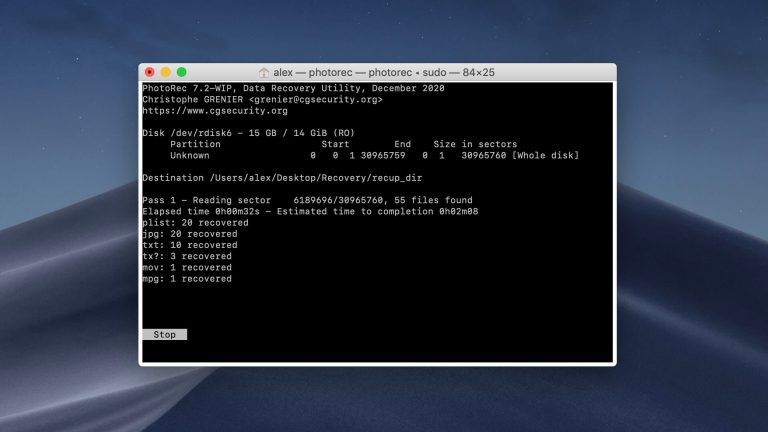

That's why we focused on tools boasting a large number of supported image file formats. This is especially important if your goal is to recover files associated only with, for example, specific digital cameras.

Your priority should be choosing a software application that supports the image file type you need to recover. You want a product that scans quickly and finds your valuable data effectively.Īnother important factor is its reliability and ease of use, so we looked at those points as well. One of those is the scanning speed of the solution. It also doesn’t have a graphical interface (maybe a turn-off for some). You’ll have to download and install two additional pieces of software to access it though, Homebrew and TestDisk. It’s completely open-source, which means you won’t have to pay to use it. In the case of freeware products, the limit score will indicate the tool’s ability to reliably restore lost photos. PhotoRec is another data recovery software option. We focused on the parameters that are most important when using image recovery software:Īs this post focuses on free solutions, we will discuss any limitations of the trial versions of paid photo recovery tools. Which Parameters Did We Prioritize When Evaluating Software? We are going to take a look at ten tools that are available and give you some information to make an informed decision on which one is right for you. There are many paid and free photo recovery software solutions that can help you recover from an unexpected data loss scenario.


 0 kommentar(er)
0 kommentar(er)
